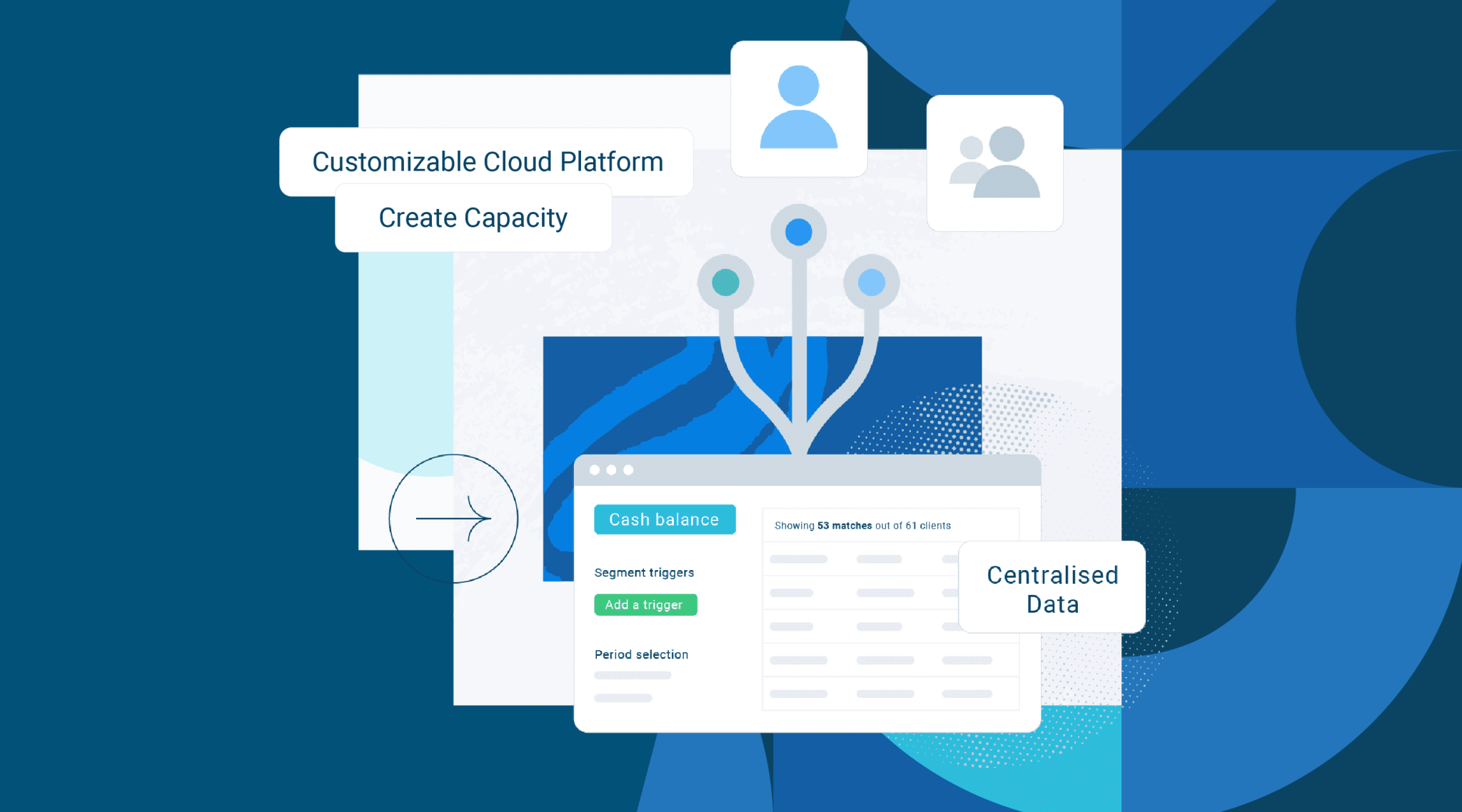How to support your clients with emergency cash flow planning as they respond to pressures of Covid
Cash and liquidity means everything now. During the recession after the global financial crisis, some businesses that were fundamentally sound went bust because they couldn’t find the cash they needed to operate day to day.
It’s going to be important for a number of reasons to learn that lesson and help clients to plan and manage their cash flow now. Banks will be reluctant to lend; alternative sources of finance might also be restricted; it might be more expensive to borrow; and businesses that have got by with help from their government, landlord or supply chain will see that stop and those loans will have to be paid back or normal commercial service resumed.
Accountants have been key in supporting their clients through the pandemic and most have been urgently working through the issues and helping their businesses respond to events as they change – often overnight. Cash flow has always been one of the cornerstones of successful management but, thanks to the pandemic and the huge economic fallout it prompted, cash flow issues have become increasingly concerning for clients. Accountants need, more than ever, to play a critical role at this time as businesses return to work in a challenging operating environment significantly impacted by months of uncertainty. Data and information play an essential role in helping accountants develop quick and effective planning tools for clients.
Managing risk
In times of crisis, cash management is a key element of risk management. Quickly defining concrete actions and anticipating the possible developments according to different scenarios will help your clients overcome difficulties.
Businesses that are currently struggling for liquidity and profitability —those with low cash reserves or unstable revenue — are particularly vulnerable. However, even businesses that appear to be in good financial shape may not be immune, depending on how the situation progresses, and how long it takes for demand and supply chains to return to normal.
Some sectors are struggling more than others. Tourism, hospitality, entertainment and air transportation were hit particularly hard right from the start, with lockdown shutting them down almost entirely. Businesses in consumer goods and retail have also been at higher than-normal financial risk, especially those in seasonal businesses where demand may be lost, such as perishable consumer goods and seasonal clothing.
Cash flow management needs to be an integral element of a company’s overall Covid-19 risk assessment and action planning in the near term.
How do you protect liquidity and make sure you have enough cash to get through? There are several options:
- Keep costs under control
- Keep on top of supplier payments and customer receipts
- Release cash trapped in the business if you can (accountants can help to find it)
Cash flow checklist
Regardless of the size of your client, there is a checklist of common sense measures to take that will equip them with the knowledge they need to navigate through choppy cash flow waters.
Businesses need to manage their cash inflow and outflows, communicate with suppliers and find out when they are anticipating payment, contact lenders and landlords and seek support on interest rates, capital repayments and terms of a current overdraft. Their existing lender could be their fastest source of additional liquidity.
Governments across the world have responded to help business during the crisis in ways relevant to their local economies and (almost) every type of business has had access to government-backed support, in the forms of things like cash grants, loans, business rates holidays and VAT/GST deferral.
The importance of insight and data in developing strategy
Accountants can help their clients review fixed and variable costs carefully to determine what costs they actually need to run the business. By assessing expenditure requirements using real-time and historical data (not to mention looking at trends within their wider client base) and then deferring non-essential spending, and exploring how to reduce fixed costs, gives critical flexibility in a time of crisis.
In the same way, businesses need help and insight based on data to be strategic about cost management so they don’t execute cost-cutting initiatives or kill spending that could compromise revenue generating capabilities or that risk diminishing value in the business.
A recent report from Deloitte – COVID-19 Managing cash flow during a period of crisis – offers some best practices and strategies that businesses can use to manage their cash flow issues. These include having a robust framework for managing supply chain risk so that you understand the financial risks of your key trading partners, customers, and suppliers. It also suggests practical tips like make sure your financing remains viable – what was available to you before the crisis may not be available now.
Alongside the practical business advice is the suggestion that automation holds the key to controlling cash flow issues. Now is the time to use tools to deliver information in real-time with easy to understand dashboards that share critical information with team members. We’ve released two Silverfin templates to identify, and then track, clients under pressure from COVID-19 and to make critical cash flow planning faster and easier. These are free to all customers and available for download now on our Marketplace.
With these templates you can:
-
- Identify COVID-19 measures and apply them to a specific client file (currently available for the UK, Belgium and the Netherlands). This includes government measures and the ability to add other actions relevant to a specific client file e.g. a change in premises costs or payment terms.
- Complete critical cash flow forecasting and scenario planning. Identify clients at risk and work with them to look at how different measures will impact their performance over time. You can also see the impact any COVID-19 measures will have on them.
- Accountants can use insights to run liquidity measures across their whole portfolio of clients, by industry and organisation size, and then create a plan with them individually if showing signs of distress.






